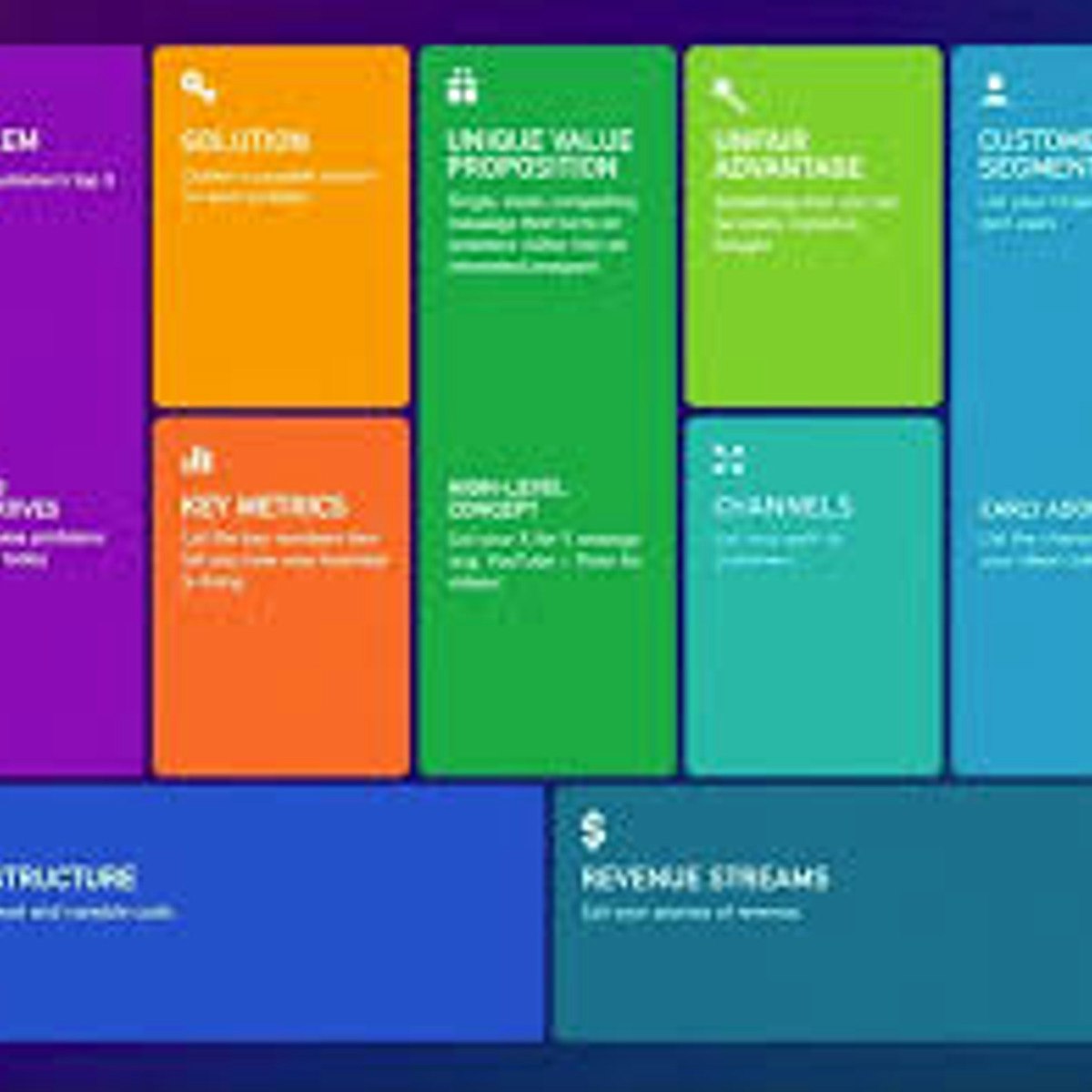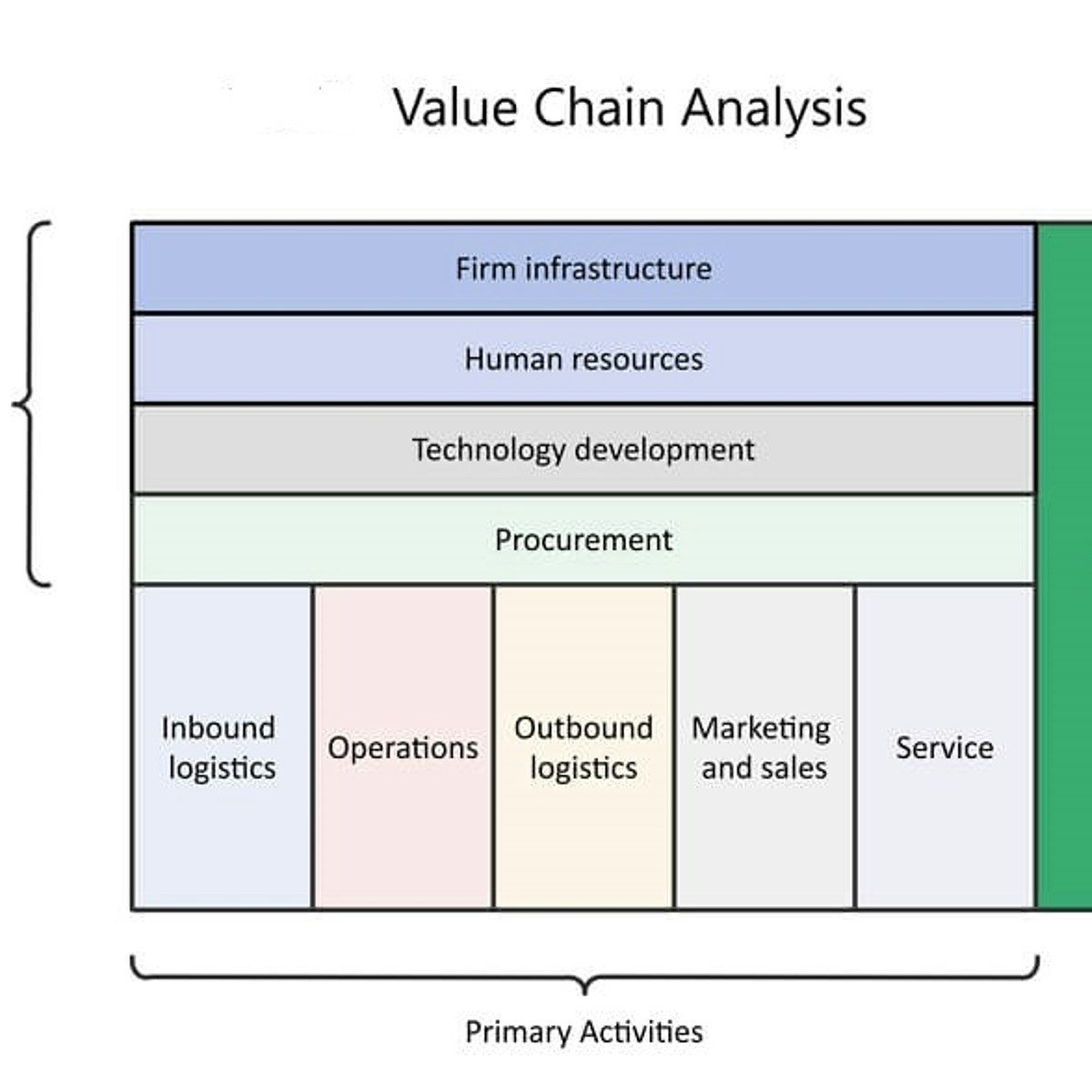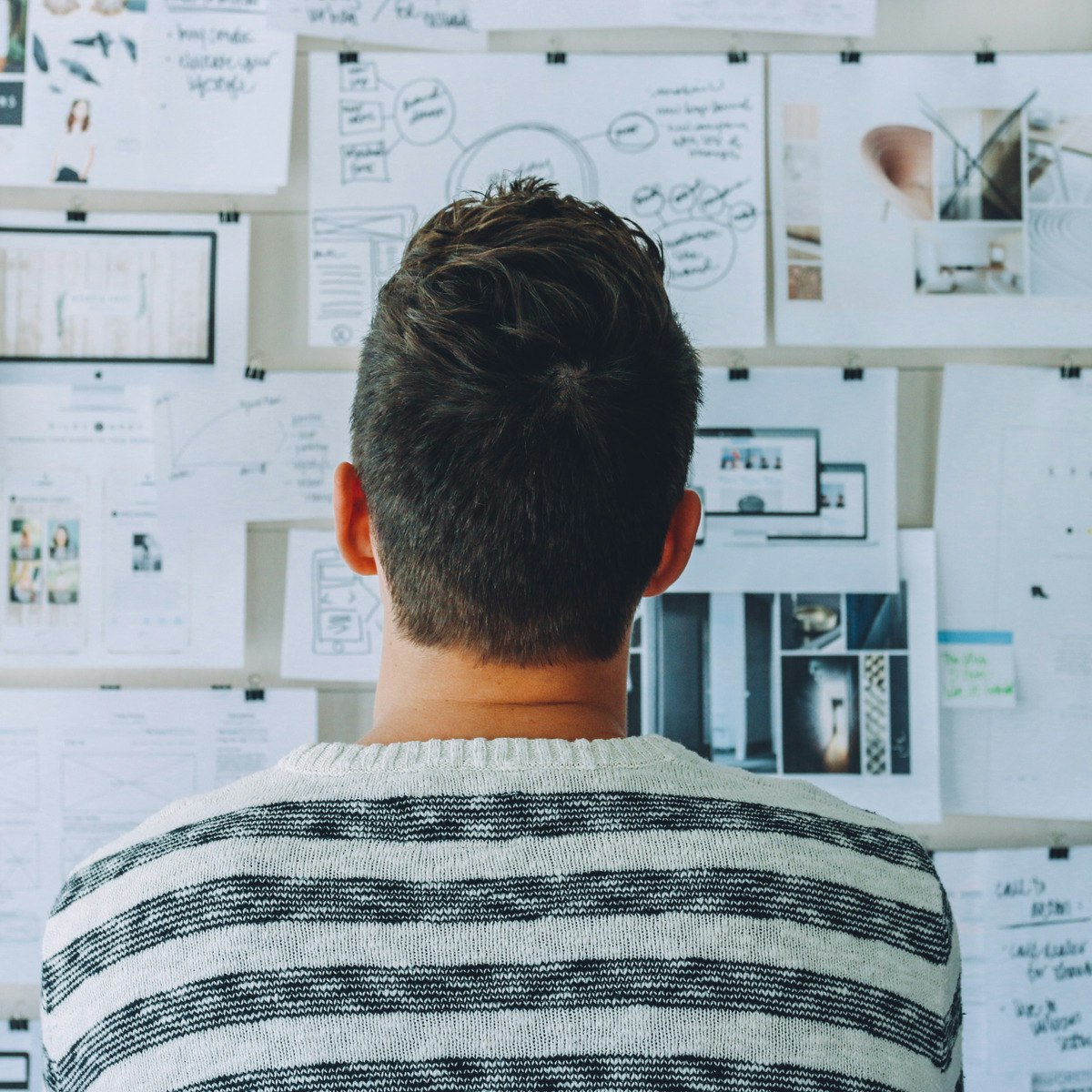Back to Courses









Business Strategy Courses - Page 14
Showing results 131-140 of 543

Defining Diversity, Equity and Inclusion in Organizations
Defining Diversity, Equity, and Inclusion in Organizations is the first course of a four-course series. This course introduces the core definitions of diversity, equity, and inclusion and reasons why these efforts can often fail. We will also explore the elements for making the case for diversity and the concept of DE&I maturation where learners can assess their organization’s activities to determine where it may place on the DE&I continuum.
By the end of this course, you will be able to:
1. Provide a common understanding of the terms diversity, equity and inclusion and how can it be effectively implemented into an organization.
2. Understand how our changing demography will impact your organization, discover various arguments used to make the case for diversity and connect them to your organization's success.
3. Recognize the various levels of diversity in the DE&I continuum and where your organization may be.
4. Identify the common struggles with implementing DE&I initiatives and how to avoid the many ways diversity efforts fail.

How to Use the Lean Canvas to Validate Your Business Model
By the end of this guided project, you will be able to use the Lean Canvas to test your startup business model hypothesis, and validate the key assumptions. The Lean Canvas serves as a tactical planning tool to guide entrepreneurs in navigating their way from ideation to building a successful business. The Lean Canvas is created especially for entrepreneurs to make it easier for the founders to work their way around the most critical aspects of starting a business. These steps range from identifying the customers and their problems, to designing a unique value propulsion that focuses on the solution; from there to mapping out channels to reach the customers, to pinpointing key performance metrics; then to analyzing the revenue streams and cost structure; and finally, to striving for unfair advantage.
For us to practically demonstrate how the model works, we will use a spreadsheet to analyze a startup Social Venture. Examples from the case study would empower you to use the model to analyze your startup idea or any other company of your choice. Lean Canvas is entrepreneur-focused, but equally useful for everyone involved in introducing a new product or idea to the market. At the end of the project, you will be able to use the Lean Canvas to brainstorm possible business models, prioritize where to start, and track ongoing learning.

Creating a Competitive Advantage with Value Chain Analysis
By the end of this guided project, you will be able to use the value chain analysis to create a competitive advantage for your company. Value chain analysis provides a structured approach of assessing where a company true value creation resides. The model is categorized into nine interrelated activities comprising of the primary and the secondary activities. Essentially, competitive advantage can be achieved through cost leadership or differentiation strategies. However, competitive advantage does not emerge by looking at a firm as a whole. It stems from the many discrete activities a firm performs in designing, producing, marketing, delivering, and supporting its product or service
For us to practically demonstrate how to use the value chain analysis to make strategic decisions, we will use a spreadsheet to analyze a Fast-Food company as a case study. Example of the case study would empower you to apply the model to your company or any other company of your choice. The project is for business leaders and entrepreneurs who want develop a systematic approach of analyzing their operations. Also, for strategist who are interested in helping companies to make informed strategic decisions. At the end of the project, you will be able to use the model to identify your cost drivers and device a strategy to optimize your operations for competitiveness

Today’s Music Industry
This course provides an engaging and methodical insight into the past and present cultural and commercial music industry developments, directions, and trends. It will equip the students with the knowledge and skills necessary to appreciate, understand and more productively participate in today’s music industry field.

Reports, Dashboards, and Customer Success in Salesforce
The fourth course in the Salesforce Sales Operations Professional Certificate — Reports, Dashboards, and Customer Success in Salesforce — is for anyone who is curious about entry level sales roles that require foundational skills in Salesforce, the sales operations specialist role specifically, how to use tools in Salesforce to improve customer service at a business, how to leverage data in Salesforce to improve the overall performance of a sales team, and the path to becoming a Salesforce administrator.
This fourth course goes into more depth on how a sales operations specialist would use Salesforce Service Cloud to support a variety of different customer service needs. You will learn the basics of effective customer support, and you will leverage a variety of new tools available in the Salesforce Service Cloud to effectively manage customer relationships.
This course also goes into more depth on how a sales ops specialist would use Salesforce Reports and Dashboards to support a variety of needs from a sales team manager to track, improve, and forecast the overall performance of a sales team. You will learn how to use filters to produce custom reports in Salesforce, and then discover how to visualize that data effectively through the use of charts and dashboards.
For this course, it is recommended (but not required) that you have some background knowledge of sales and CRM, as well as an understanding of the basics of Salesforce platform navigation. If you're a total beginner with these concepts, you can still be successful in this course — however, it might require some additional work on your part.
By enrolling in this course, you are taking the next step to kickstarting your career in Salesforce. Congratulations on continuing this exciting journey!
Future Healthcare Payment Models
This course will review the drivers of healthcare cost and solutions that have been proposed to address cost, quality and value of health care. Many point blame for high costs on payment models that pay healthcare providers for every service they provide to patients, essentially paying more for volume and service intensity. This is called a Fee for Service (FFS) payment model. Some solutions, arguably the more sustainable solutions, are the combined strategies of new payment models, care management, insurance plan designs, consumer engagement tools, and technology.
Using that information we will explore various situations, showcasing coordinated care and payment strategies that can be implemented to improve patient health and the cost of delivery of healthcare services.
By the end of this course, the learner should be able to:
1. Identify the drivers and trends of healthcare spending from the perspective of various stakeholders, including medical providers, insurers, government and private purchasers and payments
2. Critically assess the impact of strategic and financial approaches that have been put in place by the ACA and the various modifications.
3. Evaluate how healthcare payment models currently work and the new direction that value-based payment is taking.
4.Identify how financial and non-financial metrics can be appropriately combined to improve a healthcare stakeholders’ value proposition.
Set Up a Clockify Workspace
In this project, you will set up a workspace in Clockify to track billable hours for a small business. Clockify is a great free software for time tracking and generating reports. It will help your business stay organized and prepare for future growth.
Note: This course works best for learners who are based in the North American region. We’re currently working on providing the same experience in other regions.

Strategic Sales Management Final Project
Welcome to Course 5 – Strategic Sales Management Final Project.
In this course, you’ll develop the final project of the specialization, which is an application of the whole set of concepts, models, frameworks, tools, and techniques discussed and practiced through the four previous courses.
A business case provides the business context to serve as the reference to support your analyses regarding strategy, marketing, and sales integration. The case is adapted from a real-life experience. Having developed these analyses, you will follow the project instructions that lead you to the application of the concepts you have learned so far, and proceed to the sales planning processes to support the development of a sales guidelines, which will support the sales planning process in a later moment.
The primary learning outcome of this course is to master concepts application to create sales guidelines, based on a structured analysis of a business case. The sales guidelines serve as the background of a sales plan structure, and they also connect the sales planning process to the strategy, at the same time that supports the development of a sales plan at a later moment.
Whereas the sales plan structure may not be a detailed sales plan, it will provide all the aspects necessary to develop the sales plan later.
The project will be peer-reviewed, and the instructions to develop it also bring the rubrics to develop the review.

Program Gate Reviews with ClickUp
By the end of this guided project, you will be fluent in creating Program Gate Review artefacts for the Planning Phase for diverse programs. You will utilise a logical diagramming plan in an agile environment to develop the solution. This will enable you to identify and classify the required components for phase reviews. Furthermore, it will help develop a structural model for learning about the field of Program Management.
If you are interested in building up the knowledge leading to this guided project, the following is the link to:
[ Developing Programme Management Blueprint with ClickUp]
https://www.coursera.org/projects/program-blueprint
[Advanced Programme Planning Phases Framework in ClickUp]
https://www.coursera.org/projects/program-advanced-planning
This Guided Project is essential for individuals wanting to learn about the field, or looking to transition into working in Program Management. This guided project is designed to engage and harness your visionary and exploratory abilities. You will use proven models in an agile environment with ClickUp to engage in a hands-on learning experience.

Create a Brand Awareness Survey in Qualtrics
By the end of this project, you will discover how to create a basic Brand Awareness and Performance survey in Qualtrics. This study will help you gauge the overall success of your brand’s marketing initiatives to date or measure current awareness levels for future campaign launches.
The brand is the center of an organization. Therefore, Brand Awareness and Performance studies are often a crucial tool in understanding your target market’s perception of your brand. These studies will help you develop a deep understanding of customer perceptions and help you visualize how customers and prospects feel about key competitors.
Upon completing this project, you will be able to design a basic Brand Awareness & Performance survey in Qualtrics.
Note: This course works best for learners who are based in the North America region. We’re currently working on providing the same experience in other regions.
Popular Internships and Jobs by Categories
Browse
© 2024 BoostGrad | All rights reserved


